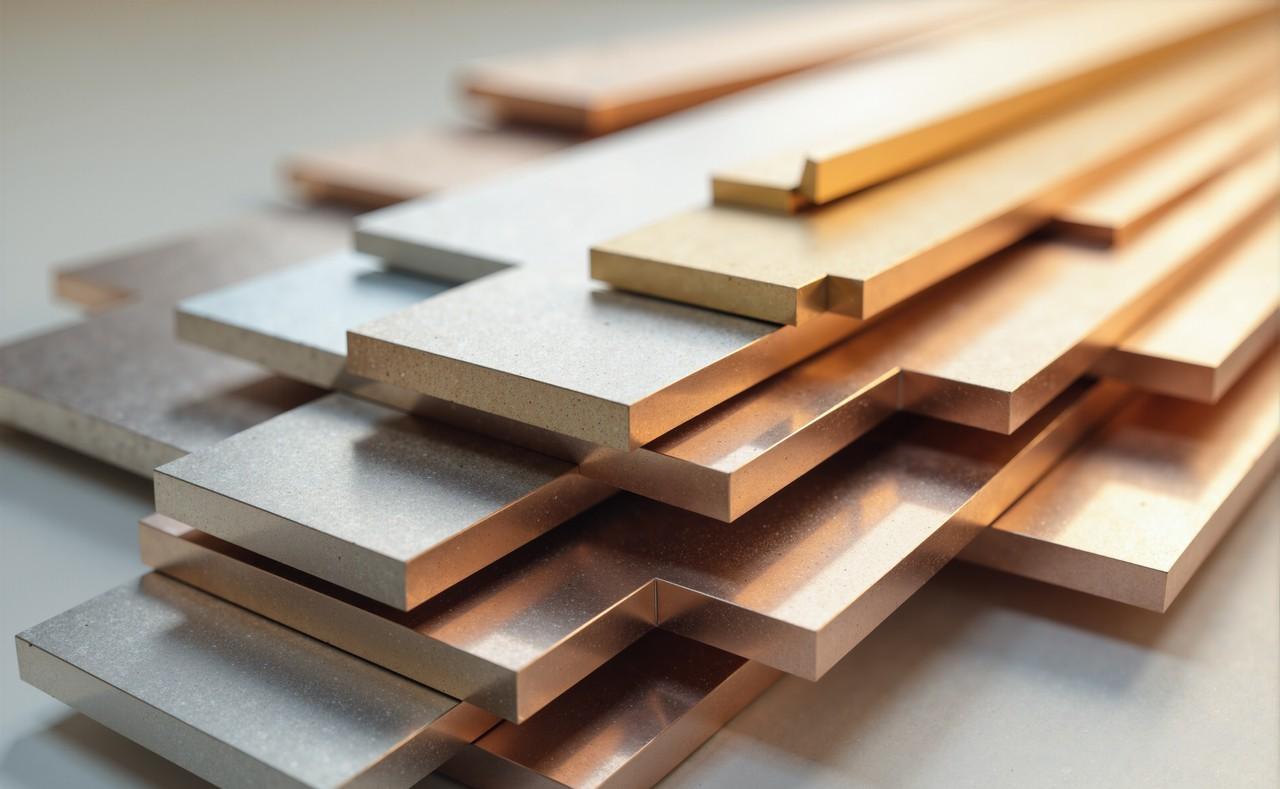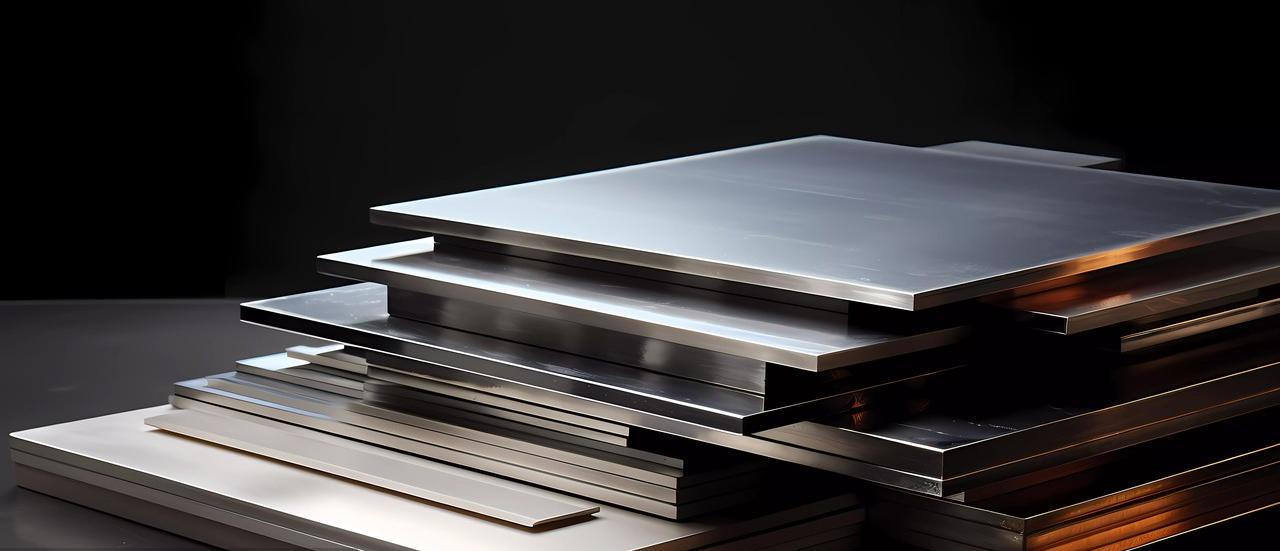From Electrical Grounding to Nuclear Fusion Devices - How Bimetallic Composite Materials Are Reshaping the Balance Between Cost and Performance in Industry

Recently, Xiang Steel successfully developed copper-steel clad plates meeting international advanced standards, becoming China's first steel enterprise to master full-process copper-steel rolling cladding technology. This breakthrough employs vacuum rolling cladding technology, overcoming key technical challenges such as low-temperature rolling, asynchronous deformation of bilayer materials, and precise control of dimensions and plate shape. Both the product's shear strength and interface bonding rate have reached international advanced levels.
The significance of this breakthrough:
1)Cost Optimization: Traditional pure copper materials are expensive and have low strength. Clad plates significantly reduce material costs while maintaining the conductivity and corrosion resistance of the copper layer through a "thin cladding on thick substrate" structure.
2)Technological Independence: Previously, high-end copper-steel clad plates relied on imports. Xiang Steel's mass production capability will support supply chain independence in industries such as power, new energy, and chemicals.
Leveraging its "combination of strength and flexibility" characteristics (copper's conductivity and corrosion resistance + steel's structural strength), copper-steel clad plates have penetrated several key sectors:
1) Power and Energy
Grounding Systems: Copper-clad steel grounding rods utilize the conductivity of the copper layer and the strength of the steel core, widely used in lightning protection grounding for power plants and substations, with a service life exceeding 30 years.
New Energy Equipment: Clad plates are used in photovoltaic brackets and energy storage system connectors, balancing conductivity needs with structural costs.
2) Transportation
Copper-steel clad plates are used in automotive electrical systems to improve conductivity and reduce weight.
In shipbuilding, clad plate pipes and hull components offer significantly better seawater corrosion resistance compared to single materials.
3) Cutting-Edge Technology
Nuclear Fusion Devices: Thick-gauge TU1/316L copper-steel clad plates produced by Dalian University of Technology via explosive welding technology are used in coil terminals for the International Thermonuclear Experimental Reactor (ITER), meeting ultra-high shear strength and interface bonding requirements.
Semiconductor Packaging: The low thermal expansion copper foil substrate developed by Japan's Resonac addresses substrate warping issues in Chiplet technology, achieving a lifespan four times that of traditional products.
According to a QYResearch report, the global copper-steel clad plate market is projected to reach a multi-billion RMB scale by 2031, with a stable annual compound growth rate. Market drivers include:
Lightweighting and Cost Control: The electronics, electrical, aerospace, and aviation sectors' pursuit of "weight reduction + cost reduction" makes clad plates the preferred alternative to pure copper.
Emerging Demand Surge: Scenarios like new energy vehicle charging piles and energy storage power stations are driving a sharp increase in demand for conductive-structural integrated materials.
As a major market and production base, China has formed a complete industrial chain:
Major enterprises include JFE Steel, KLS, Xiang Steel, etc. Domestic manufacturers are transitioning from technological followers to innovation leaders.
Product thickness is diversifying (e.Refinement of Interface Control
Research from Kunming University of Science and Technology shows that deformation rate and annealing temperature in asynchronous rolling directly affect the width of the copper-iron atomic diffusion layer. Optimizing these parameters can enhance bonding strength.
Xiang Steel uses vacuum rolling to prevent oxidation, ensuring an interface bonding rate exceeding 95%.

Despite increasing technological maturity, the industry still faces challenges:
Process Cost: High equipment investment for explosive welding and vacuum rolling makes it difficult for SMEs to enter the high-end sector.
Standardization: Differences in international and domestic standards for testing interface strength and durability of clad plates affect export efficiency.
Future development directions include:
Green Manufacturing: Developing low-temperature rolling processes to reduce energy consumption.
Intelligent Customization: Using AI algorithms to predict material interface behavior, achieving precise "application scenario-material performance" matching.
Copper-steel clad plates are evolving from "alternative materials" to "enabling materials." Their technological breakthroughs are not only reshaping cost curves but also pushing the performance boundaries of power, transportation, new energy, and even cutting-edge equipment. As the global green transition accelerates, this "combination of strength and flexibility" is poised to become an indispensable foundational material in more industrial scenarios.